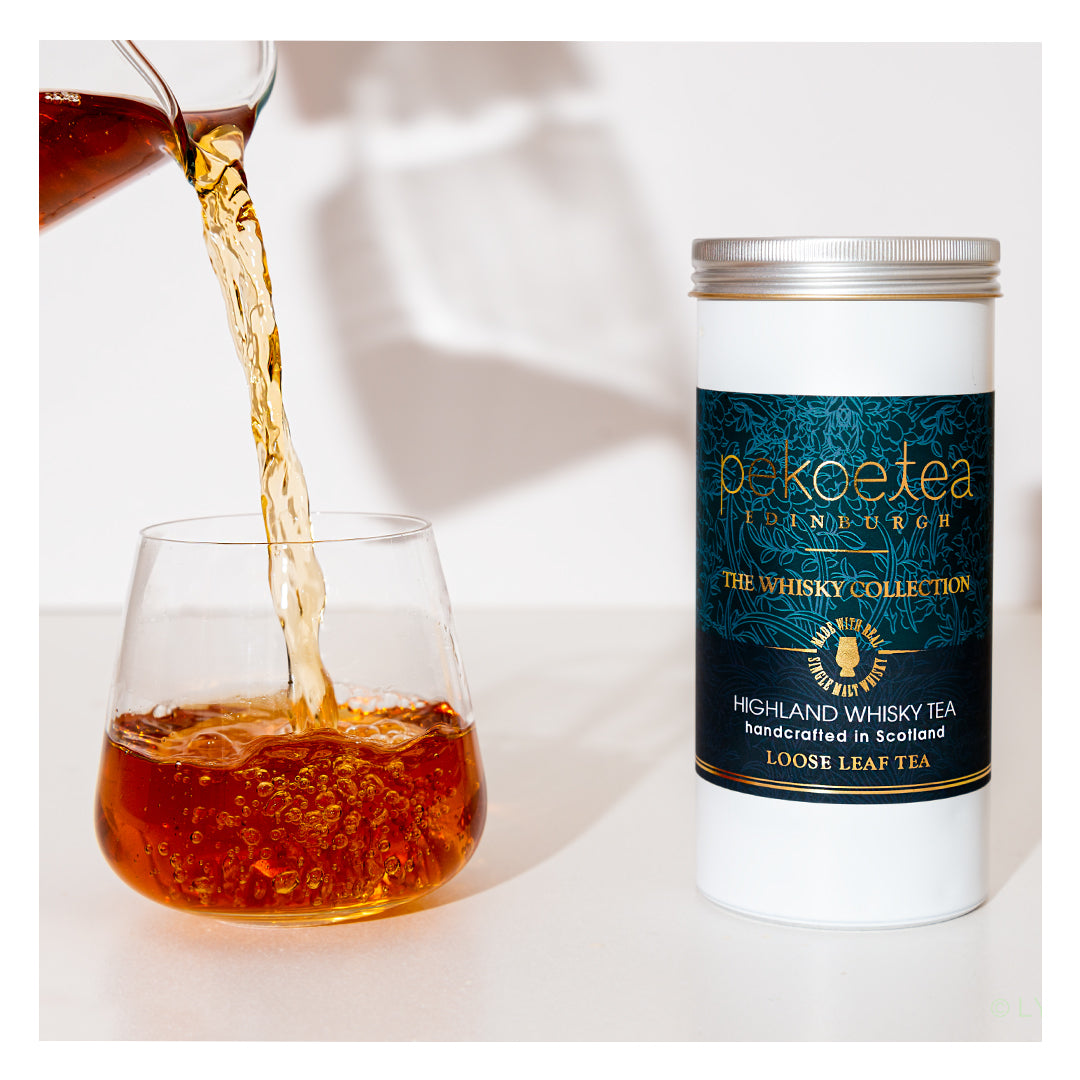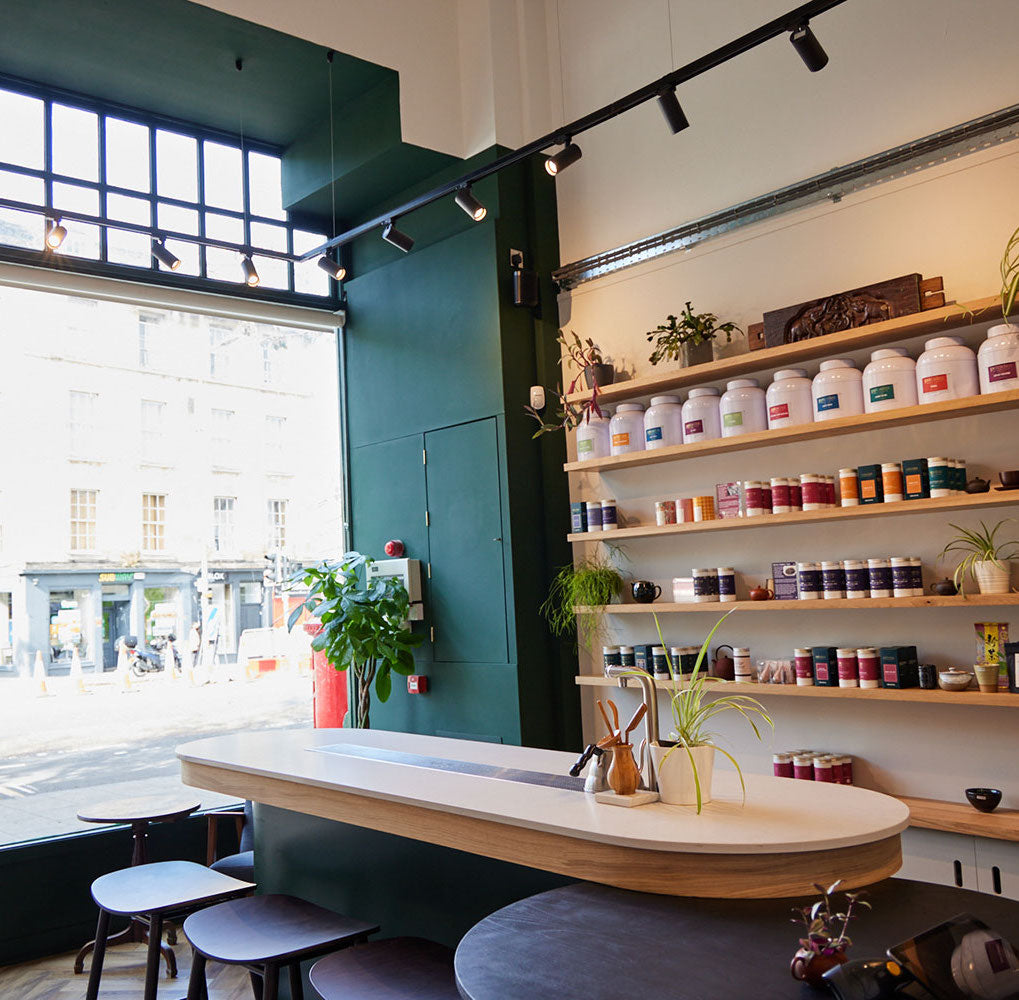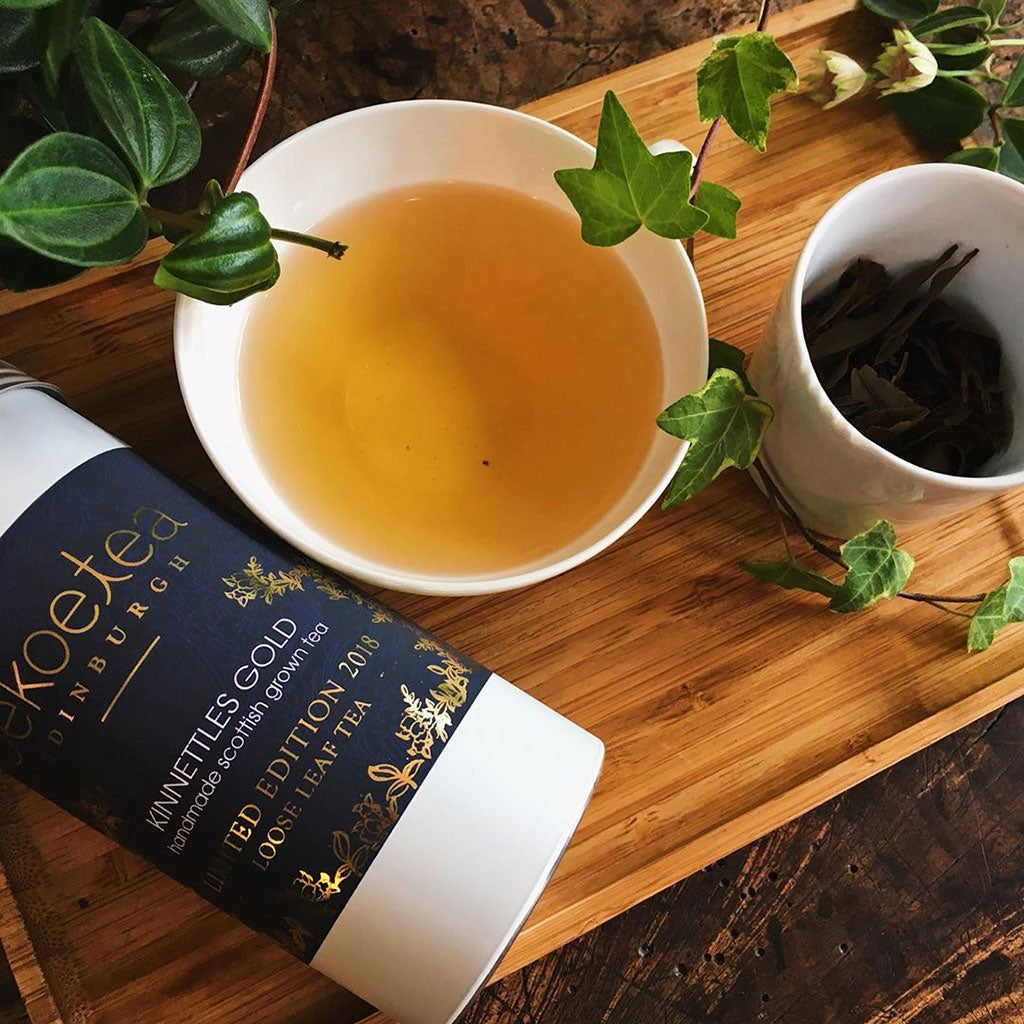This week's blog is about Japanese Matcha, which is Japanese green tea that has been ground to a fine powder. We have recently added two grades of matcha to our selection of Japanese teas which are both from Uji, one of the oldest tea cultivating areas of Japan. We now stock ceremonial grade matcha, which is a high grade of matcha powder and standard grade which is suitable for cooking with, adding to salads or creating green tea lattes.
History of Matcha
All The Tea in China (Chow and Kramer, 1990) explains how the methods of preparing tea have changed throughout history. It was during the Song dynasty (960-1279) where the style of grinding dried tea leaves to a fine powder and whipped in hot water using a bamboo whisk first took place. This phase of tea preparation soon passed in China to a style more similar to the way we prepare loose leaf tea today, infusion in hot water. It was during the Song era that travelling Zen monks from Japan began to take tea cuttings back to Japan where they developed their own methods of cultivating and preparing powdered green tea which has been practised there until today.
Production of Matcha
Matcha is cultivated in a very similar style of that used to produce Gyokuro. Almost all tea gardens that produce Japanese Gyokuro will also use part of the harvest to produce Matcha. The tea plants that are grown to produce Matcha are covered from the sun and shade-grown for the final weeks before they are harvested. Mary Lou Heiss in Matcha The Gossamer Tea Powder Of Japan (The Leaf, 2008) explains how a wooden trellis is erected over the tea plants with a roof of dense woven netting. This arrangement which is called a tana blocks 90% of the sunlight from reaching the tea plants which increases the amount of chlorophyll in the tea leaves. This stage in the production of Matcha gives the tea leaves a buttery, sweet flavour with slight astringency.
After the tea leaves have been plucked they are transferred to the tea factory for processing. The first stage of this processing involves steaming the tea leaves, a method used for all Japanese green teas, which softens the leaves and prevents any oxidization. After the steaming, the leaves are spread to dry and passed through a cooling oven. The tea leaves are then put through small grinding mills which grind the leaves into a fine powder which we know as Matcha. Traditionally this grinding process was done by hand, this has now been replaced by automatic grinders which are controlled by the tea master. Care has to be taken to grind the tea leaves slowly enough to keep the grinder as cool as possible to prevent it from overheating and spoiling the Matcha. Even with the technology of today, the grinding process can be very slow with some tea masters only producing 15g of matcha powder per hour.
Preparation of Matcha
Matcha is traditionally served in chawans, which are Japanese drinking vessels that are large pottery bowls. The Matcha powder is put through a sieve to break up any clumps and to ensure that the powder is all uniform size. A wooden spatula called a chashaku is used to scoop the matcha and placed it in the chawan. 70-85°C water is poured on top of the Matcha and is whipped using a bamboo whisk called a chasen, The mixture is whipped to a uniform consistency ensuring that no lumps are left and a light froth is created on the surface. The amount of Matcha and water used is determined by the drinker, using less matcha will give you a thinner drink known as Usucha or using more Matcha will give you a thicker drink known as Koicha.
You can now buy both grades of Matcha either online or by visiting our Edinburgh shop where you can also try or learn more.
- Jamie Doris July 2014
Chow, K. and Kramer, I., 1990. All the Tea in China.San Francisco: China Books and Periodicals.
Mary Lou Heiss., 2008, The Leaf, Matcha The Gossamer Tea Powder Of Japan., [online] [viewed 1 July 2014] available from http://the-leaf.org/issue4/wp-content/uploads/2008/12/matcha.pdf









